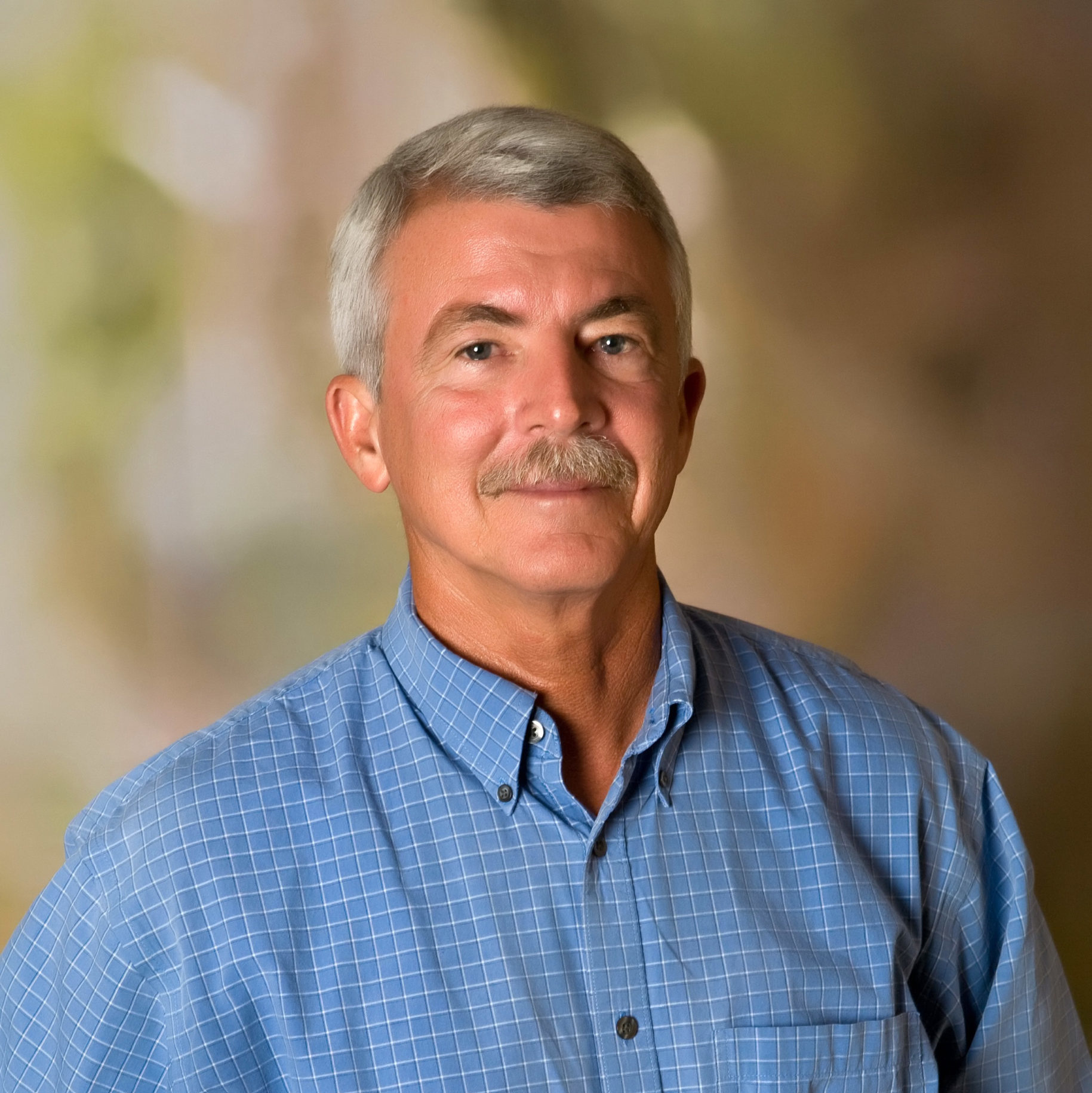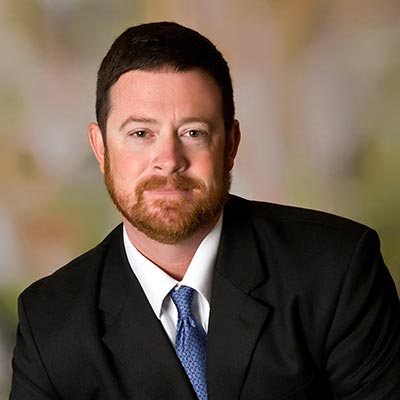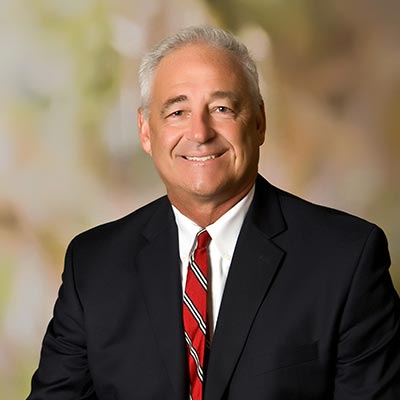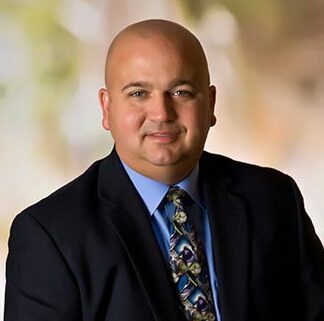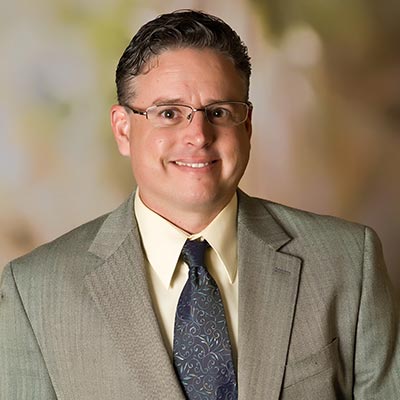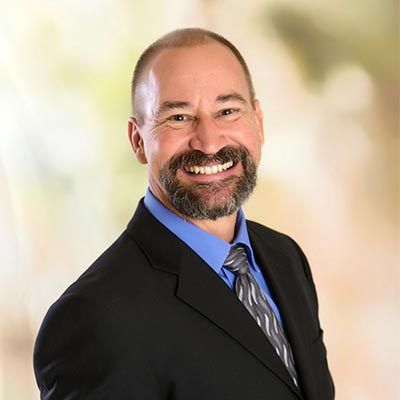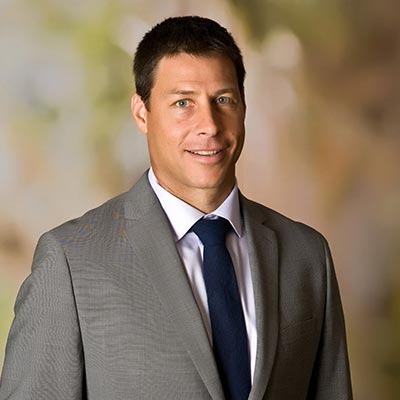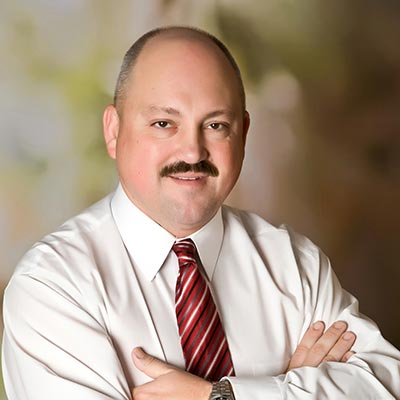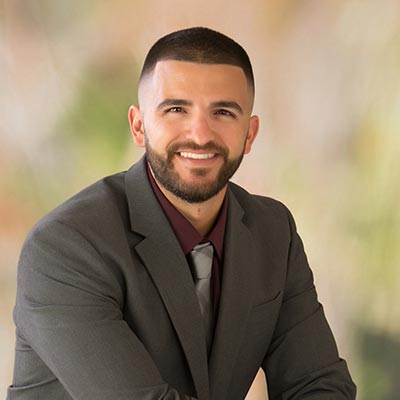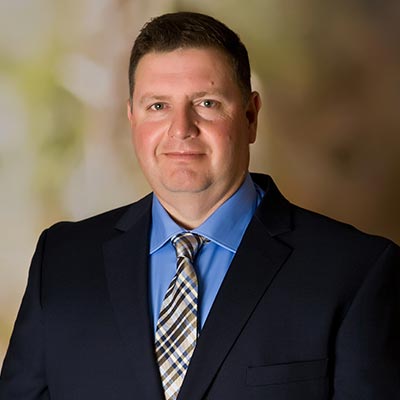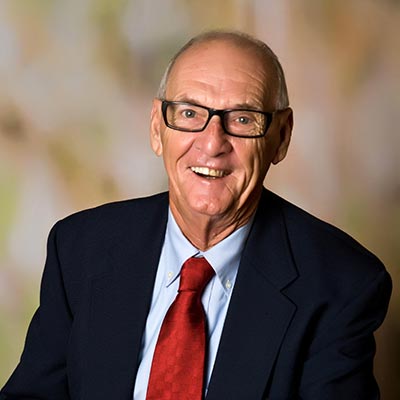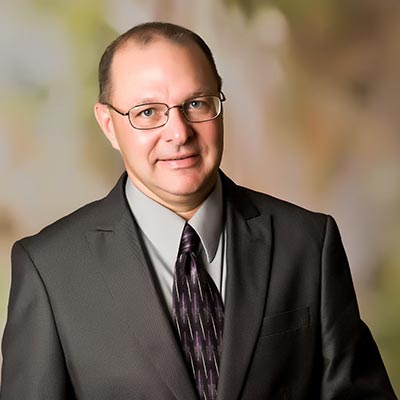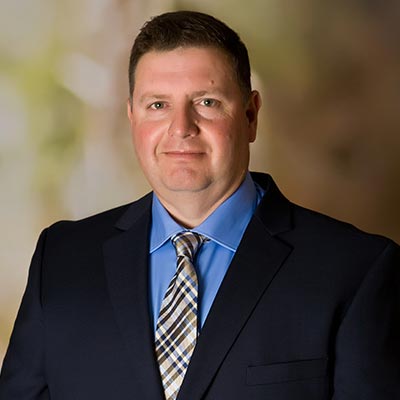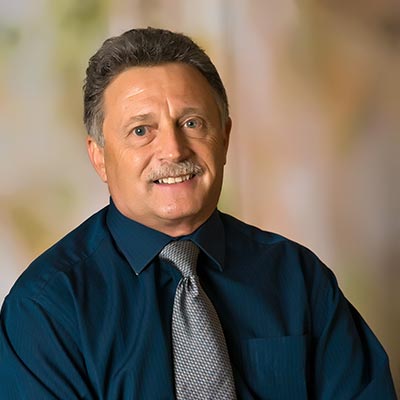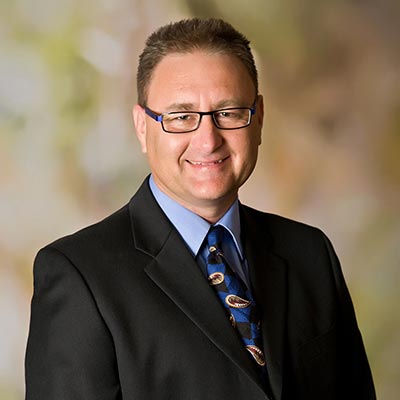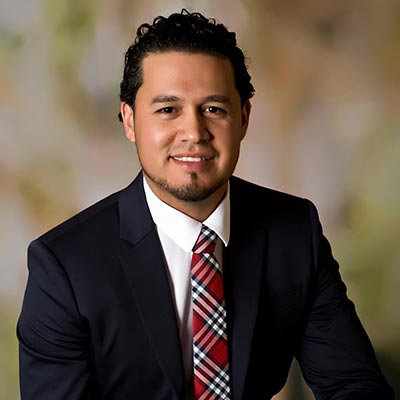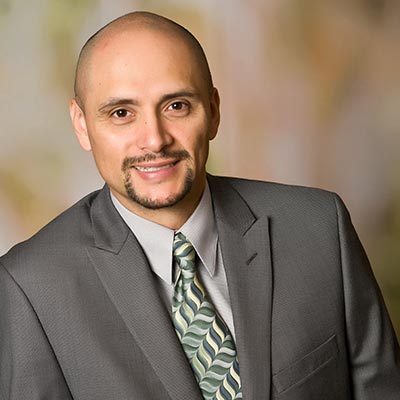View Johnson Engineering Sr. Ecologist, David Ceilley’s News-Press interview regarding our Caloosahatchee Tape Grass Restoration project.
View the full News-Press article.
PROJECT AIMS TO JUMP-START TAPE GRASS GROWTH IN RIVER
Val is a VEC, and a $103,000 project is under way to restore it to the Caloosahatchee River.
In other words, tape grass, often known as Val, from its scientific name Vallisneria americana, is a Valued Ecosystem Component that has virtually disappeared from the river, and the South Florida Water Management District and Lee County are financing a three-year effort to bring it back.
“Tape grass is a keystone species,” said project manager Dave Ceilley, senior ecologist for Johnson Engineering. “It’s a forage base for manatees. It’s habitat for 35 to 40 fish species. Turtles and water fowl eat it. It’s important invertebrate habitat. It stabilizes sediments and removes nutrients from the water. It’s the foundation of the ecosystem of the river.”
Historically, tape grass, a freshwater species, grew in dense beds as far downstream as Whiskey Creek.
Things started going bad for Val during the wet season of 2000, when massive nutrient-laden releases down the Caloosahatchee River from Lake Okeechobee triggered algal blooms that blocked light in the river, and tape grass started dying.
Then lack of freshwater releases during the dry season allowed salt water to move upstream and kill more tape grass.
Ultimately, 2,000 acres of tape grass were wiped out downstream from Interstate 75 — nobody knows how much tape grass died upstream from I-75 because tape grass upstream was never mapped.
“People have the misconception that it’s all about water quality,” Ceilley said. “It’s not about water quality. You can’t blame everything on Lake O. This plant is very resilient. It came back.”
But it didn’t come back in dense beds, and manatees and turtles grazed the sparse tape grass plants almost down to the root.
Male tape grass plants produce flowers at the base, but female tape grass flowers form at the top of the plant, so if the tops of all the plants are eaten, the plants can’t reproduce.
“Manatees and turtles graze tape grass down just like a lawn mower,” Ceilley said. “It’s like mowing your lawn too short.”
For tape grass plants to grow to reproductive size, the grazers need to be kept away, and that’s what the present project is doing by planting tape grass in the river and enclosing the plants in cages.
On Monday, Ceilley and a team from Sea and Shoreline LLC, which built the cages being used in the project, planted tape grass at four sites in the Caloosahatchee River upstream from the W.P. Franklin Lock and Dam.
A minimum of 10 plants were placed in each of 40, .96-cubic-yard metal cages (previous studies have showed that metal cages last longer than PVC, and 10 plants is a good number for each cage).
“What we’re trying to do is give the tape grass a jump-start,” Ceilley said. “We want to keep the grazers away to the point where the female plants can produce flowers.”
Plants for the project came from Lake Trafford, where FGCU faculty and students planted tape grass in 2008. In that project, 30 1-meter plots grew to 73 acres in five years — cages weren’t used at Lake Trafford because no manatees live in the lake, and alligators keep turtle populations down.
If the tape grass in the project begins to reproduce, they’ll create a seed source that could start tape grass beds downstream.
Lake Trafford tape grass has a different genetic signature from grass already growing in the river, and genetics tests will be performed on grass in the river to determine what strain it is.
“It’s a way of tracking the growth of what we planted,” Ceilley said. “Did it spread out? If so, how far did it spread? Is it below the lock? The whole goal is to have a seed source upstream so, when they open the lock, it will flow downstream.”
The water district is putting $83,000 toward the project, while Lee County is adding $20,000.
“The bottom line is water quality in the Caloosahatchee; we’re all about that,” said Kurt Harclerode, operations manager for the Lee County Division of Natural Resources. “Tape grass is down at the bottom of the food chart, and it’s a good barometer of the health of the estuary. If we have thriving tape grass, it will support all the critters that need that. It will also indicate we’re doing OK with salinity levels.”
This three-year project won’t be the end of tape grass work in the river: Ceilley has applied for $2.4 million in BP oil spill grants to restore Val from the Orange River to Whiskey Creek; partners in that project will probably include Johnson Engineering, FGCU, the University of Florida, Fort Myers and the Caloosahatchee River Citizens Association.
“I’ve been working with tape grass out here since 2001,” Ceilley said. “We know what works. We don’t need more studies. We need to act.”









